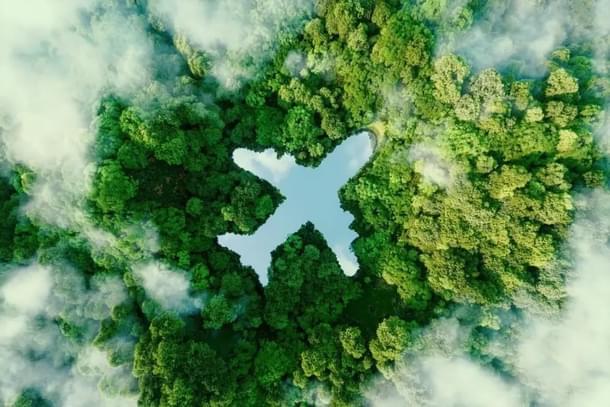Infrastructure
Civil Aviation Minister Advocates For Sustainable Aviation With SAF Integration By 2027
V Bhagya Subhashini
Sep 09, 2024, 09:30 PM | Updated Sep 10, 2024, 10:10 AM IST
Save & read from anywhere!
Bookmark stories for easy access on any device or the Swarajya app.


Civil Aviation Minister K Rammohan Naidu on Monday (9 September) called for the promotion of sustainable practices within the aviation industry, particularly the use of sustainable aviation fuel (SAF), to reduce carbon emissions.
Speaking at a conference organised by industry body FICCI (Federation of Indian Chambers of Commerce and Industry), Naidu emphasised the need to adopt green initiatives and mentioned that several airports in India have already achieved carbon-neutral status.
One of the key goals Naidu outlined is the introduction of SAF into international flights departing from India. He highlighted plans to ensure that 1 per cent of SAF is blended with jet fuel for international commercial flights by 2027, with a target to increase that blend to 2 per cent by 2028.
This aligns with the global framework set by the International Civil Aviation Organization (ICAO), which mandates that international flights use at least 1 per cent SAF by 2027.
SAF has similar chemistry to jet fuel, but is a clean substitute for fossil jet fuels. Unlike jet fuels which is derived from crude oil, SAF is produced from renewable sources such as agricultural waste, municipal solid waste, and forestry residues.
SAF can be blended with conventional jet fuel to reduce emissions by up to 80 per cent without requiring modifications to aircraft engines.
Additionally, the Civil Aviation Ministry has identified 106 airports and airstrips for development to boost regional air connectivity under the UDAN (Ude Desh ka Aam Nagrik) scheme. The scheme, designed to make air travel affordable and accessible, has been a key factor in expanding air travel to Tier 2 and Tier 3 cities.
Naidu announced that the scheme will be extended for another 10 years beyond its current end date in 2027.
Civil Aviation Secretary Vumlunmang Vualnam noted that India currently has 157 airports, heliports, and waterdromes, with a long-term plan to develop 350-400 airports in the next two decades. This expansion will support the growing demand for air travel, especially in regional and underserved areas, reports PTI.
V Bhagya Subhashini is a staff writer at Swarajya. She tracks infrastructure developments.





